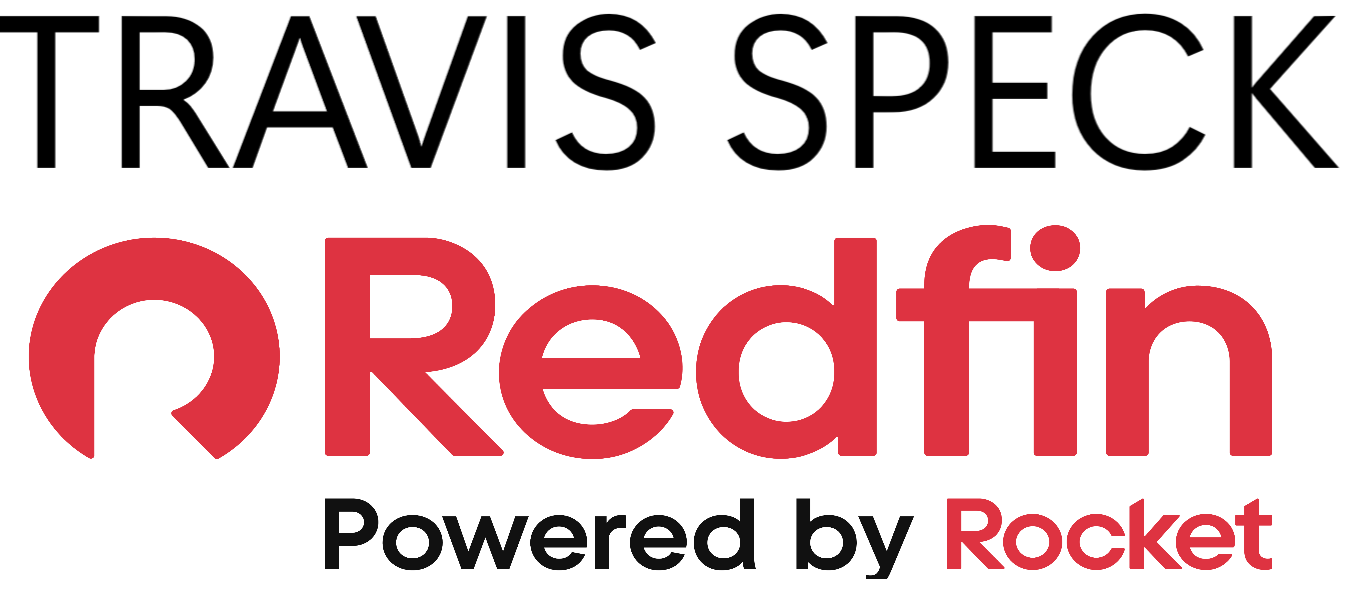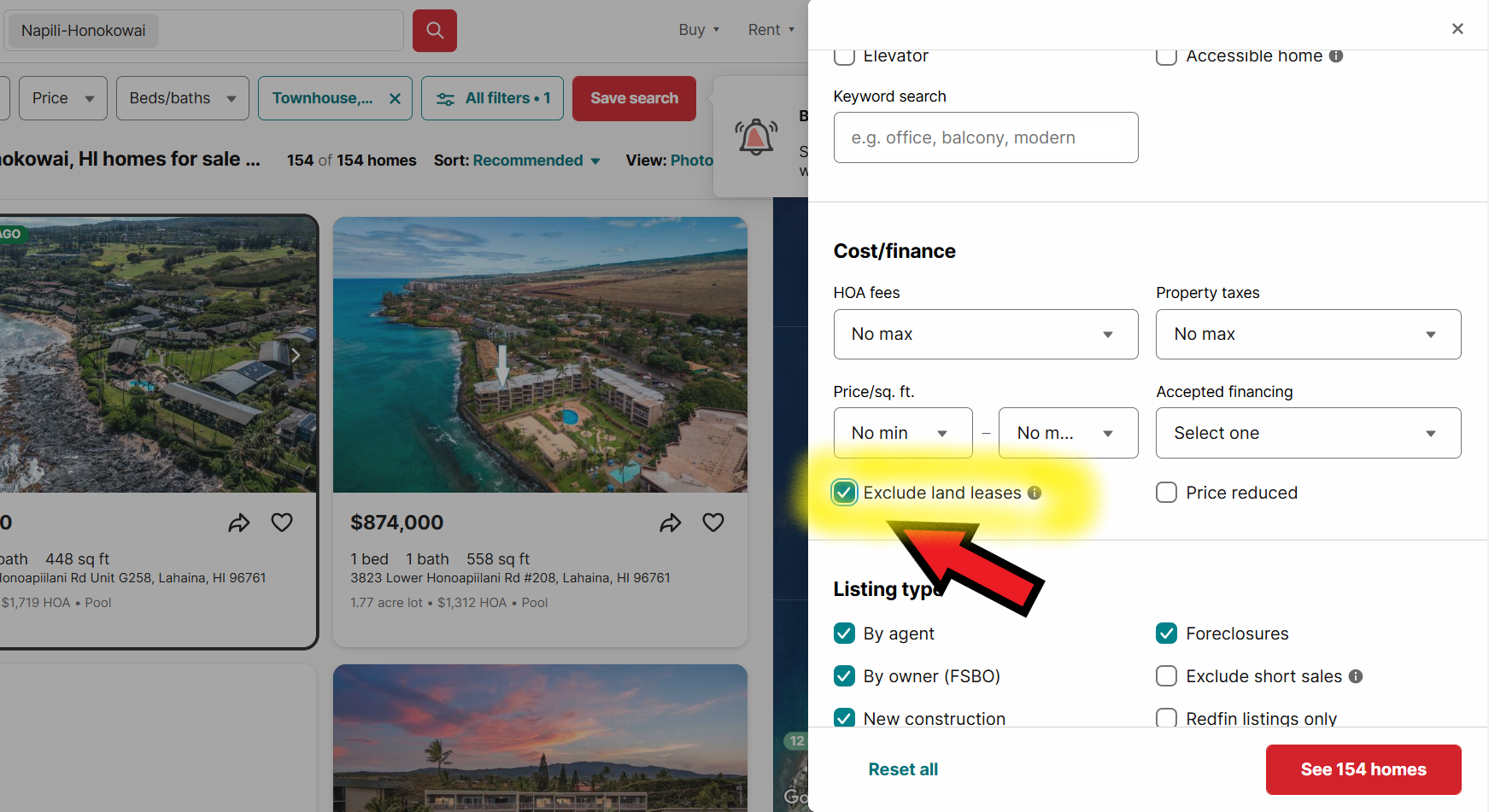Leasehold vs Fee Simple Land
What can happen when the lease expires?
Reversion to Landowner:
At the end of the lease, the land and any structures revert back to the landowner.
Lease Extension:
The landowner might offer to extend the lease for an additional period.
Land Purchase Option:
In the best-case scenario, the landowner might offer to sell the land to the lessee before the lease term ends.
Historical Context of Leasehold in Hawaii:
The prevalence of leasehold properties stems from post-monarchy Hawaii when large estates like Bishop Estate owned vast tracts of land. To generate income, they leased land for development rather than selling it.
Over time, some leasehold owners were given the option to convert their leasehold to fee simple through a process known as “lease-to-fee conversion.”
Current Market Dynamics:
Fee Simple vs. Leasehold Pricing:
Fee simple properties generally command higher prices due to the full ownership rights.
However, some leasehold properties might offer a cost-effective entry into the market with the possibility of later conversion to fee simple, especially if the conversion rights are available at a lower cost than buying outright.
Considerations for Buyers:
Understanding lease terms is crucial. Look into:
The length of the remaining lease
The terms for renewal or purchase of the land
Monthly ground lease payments and future increases
Risk Management:
Buying a leasehold can make sense under the right conditions, but it involves balancing potential risks against benefits.
Advice for Prospective Buyers:
If you’re contemplating buying property in Hawaii, whether fee simple or leasehold, make sure your decision is well-informed:
Review lease agreements in detail.
Consider consulting with a real estate expert familiar with Hawaiian property laws.
Look into the historical trends of lease conversions and renewals in the specific area you’re interested in.
What is a Sandwich Lease?
A sandwich lease in the context of Hawaiian real estate involves a unique arrangement where an individual or entity leases a property from the owner and then subleases it to another party. Here’s a detailed explanation:
Structure:
First Layer: An investor (sometimes called the “sandwich tenant”) leases a property from the original owner or landlord (the “lessor”).
Second Layer: The same investor then acts as a lessor by subleasing this property to another tenant or buyer (the “sublessee”).
Roles:
The investor is both a lessee (to the owner) and a lessor (to the sublessee), hence the term “sandwich” because they are sandwiched between two lease agreements.
How it Works in Hawaii:
Leasehold Context: Hawaii has a significant number of leasehold properties due to historical land ownership patterns established after the monarchy. In a sandwich lease scenario here:
The investor might lease a property with a long-term lease from a land trust or another large landowner.
The investor then offers this property under a new lease or lease-option agreement to another party, often at a higher rent or with an option to purchase.
Advantages:
For the Investor:
Potential profit from the difference between what they pay in rent to the owner and what they collect from the sublessee.
An opportunity to enter the real estate market without having to purchase property outright.
For the Sublessee:
Access to property in a high-cost market like Hawaii possibly at a lower initial cost than buying fee simple.
Options like rent-to-own can provide a pathway to homeownership.
Risks:
For the Sandwich Tenant:
If the sublessee fails to pay, the investor must still cover the rent or lease payments to the original owner.
Managing two leases can be complex, especially regarding maintenance and lease terms compliance.
For the Property Owner:
Relinquishing direct control over property management to the sandwich tenant.
Potential for damage or neglect if the sandwich tenant does not manage the property well.
Legal Considerations:
The original lease must explicitly allow subleasing or sandwich leasing.
All parties need to understand their obligations under both leases, particularly concerning property maintenance, lease renewals, or purchase options.
Examples in Hawaii:
In places like Kahana or Honokowai, where leasehold condos are common, a sandwich lease might occur when an investor leases a unit from a leasehold owner and then offers it for rent or under a lease-to-own arrangement. For instance, the Sands of Kahana is known to have a sandwich lease.
The investor might negotiate terms where part of the rent paid by the sublessee could go towards an option to buy, or the investor might profit from the difference in rent prices between what they pay and what they collect.
Conclusion:
Sandwich leases offer a creative strategy in Hawaii’s real estate market, particularly where leasehold properties are prevalent. However, they come with their complexities and require careful legal and financial planning to ensure all parties’ interests are protected.
Can I get a loan for leasehold properties?
Applying for a loan for a leasehold property can present unique challenges compared to financing a fee simple property. Here are some potential issues you might encounter:
Lender Reluctance:
Perceived Risk: Lenders often view leasehold properties as higher risk because the land is not owned by the borrower. If the lease expires or isn’t renewed, the property’s value could plummet, affecting the lender’s security.
Lease Terms:
Lease Duration: The remaining term of the lease is crucial. Many lenders require a minimum remaining lease term; some might need at least 30 years for a mortgage, though this can vary. Shorter lease terms can make financing difficult or result in higher interest rates or less favorable terms.
Renewal Rights: If there’s uncertainty about lease renewals or if renewals are only at the landowner’s discretion, this can deter lenders.
Valuation Challenges:
Appraisal: Valuing a leasehold property can be complex because its value is tied not just to the structure but also to the land lease. The appraiser must consider the lease’s terms, including ground rent, renewal options, and the potential for conversion to fee simple.
Ground Rent:
Additional Payments: Lenders might require that ground rent be included in the debt service coverage ratio (DSCR) calculations, which could affect loan eligibility or terms. An increase in ground rent over time could also complicate cash flow for the borrower.
Insurance and Maintenance:
Split Responsibilities: If the lease agreement splits responsibilities for insurance or maintenance between the landowner and the lessee, this can affect the property’s insurability and maintenance costs, impacting the loan terms or approval.
Loan Amortization vs. Lease Term:
Mismatch: If the loan term extends beyond the lease term, this mismatch can pose issues. Lenders might be hesitant to extend loans that could outlive the lease, or they might require balloon payments or other special conditions. Typically lenders like to have a 5-7 year buffer between the lease expiration and the end of the loan term.
Legal Complexity:
Understanding the Lease: Lenders need to thoroughly understand the lease terms, which can be complex and vary widely from one property to another. This might require additional legal review, adding to the underwriting cost and time.
Marketability and Resale:
Resale Concerns: Lenders might view leasehold properties as less marketable due to potential buyer hesitancy, impacting their willingness to finance or their terms for such properties.
Conversion Rights:
Fee Simple Conversion: If there’s an option to convert to fee simple, this might be a positive factor, but it also introduces additional legal complexities and costs which need to be factored into the loan.
Regulatory and Local Practices:
Local Laws: Hawaii has specific laws and practices concerning leaseholds that might not be as familiar to some lenders, potentially leading to more conservative lending practices or higher scrutiny.
Summary:
Work with Local Lenders that recently close a loan in the building: If a lender recently approved a loan in the building, it is likely they will be able to lend again in this building.
Review the Leasehold Agreement: Ensure all lease terms are well-documented and understood by all parties.
Focus on properties that recently extended the lease term: If you can find properties that recently extended the lease term that doesn’t expire for another 40+ years, that could simplify things.
Pull equity out of your primary residence: If possibly, it may make more sense to apply for a 2nd mortgage on a primary residence and pay for the leasehold property in cash. Interest rates and terms are often more attractive for 2nd home loans, HELOC’s, etc.
How do I know if a property is Fee Simple or Leasehold on Redfin.com?
How do I exclude leaseholds from my search on redfin.com?
Fee Simple Ownership:
This is the most familiar form of property ownership. When you buy fee simple:
You acquire ownership of both the land and the buildings on it.
You have the rights to sell, rent, gift, or bequeath the property.
Leasehold Ownership:
When you buy a leasehold property:
You purchase the right to use the property (most likely a condo in Maui) for the duration of the lease but do not own the land.
You pay a monthly rent (or ground lease payment) to the landowner. Rents often increase during re-negotiation periods.
The expiration of the leases vary from property to property. For example, there could be a lease that started in 1977 and expiring in 2037. The current monthly lease rent is $684 per month and this will likely increase in 2031 depending on market conditions. In the example below, this listing is “Leasehold-FA” which stands for “Fee available for purchase.”




